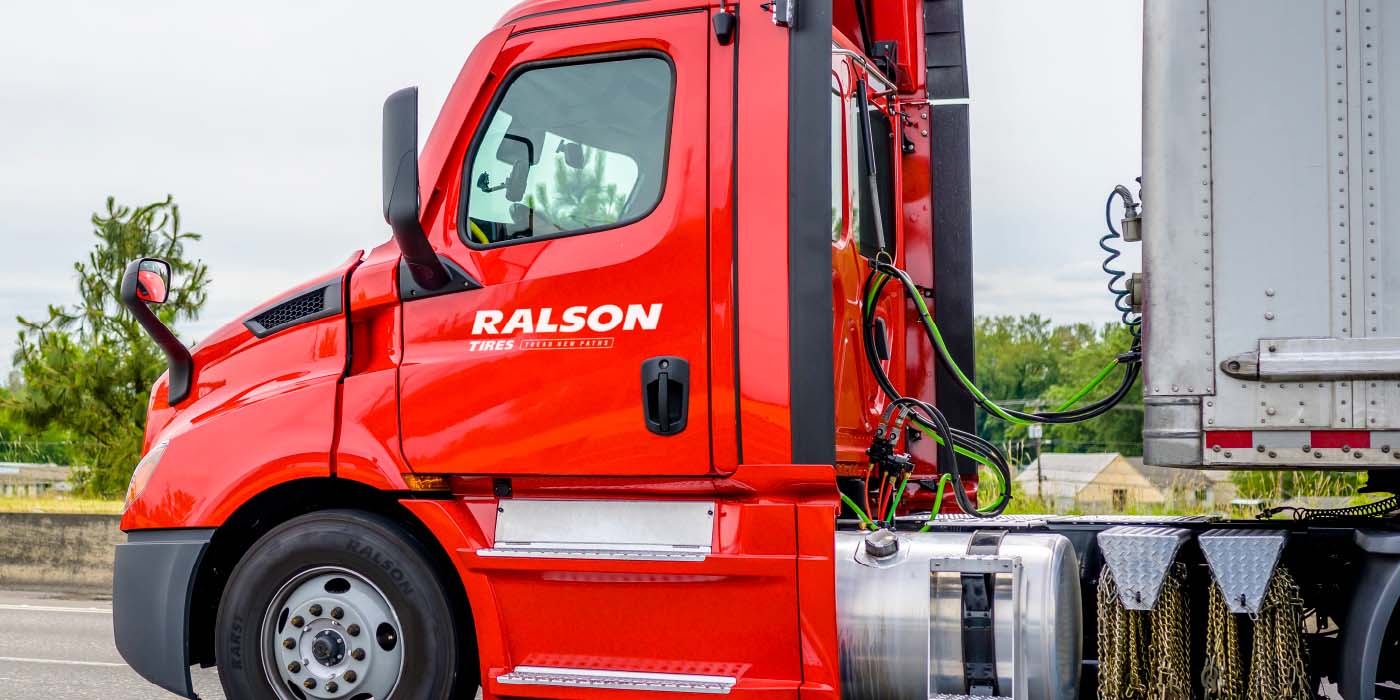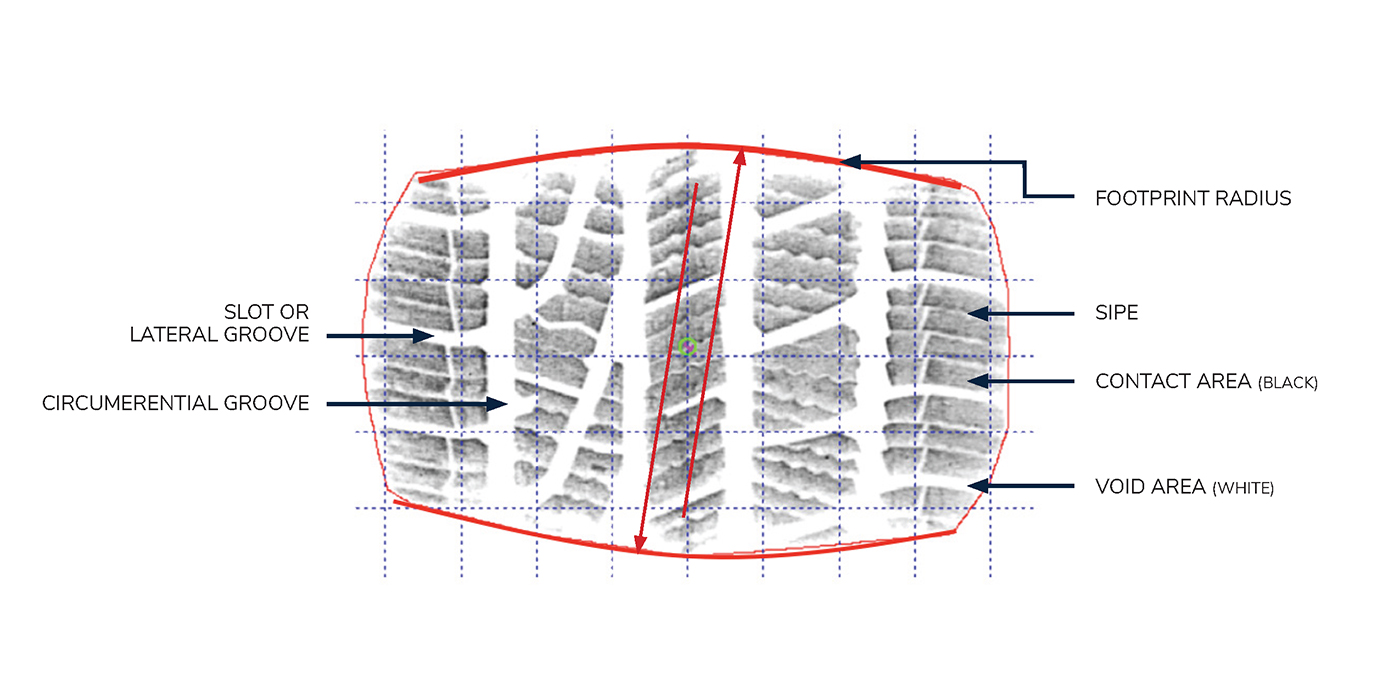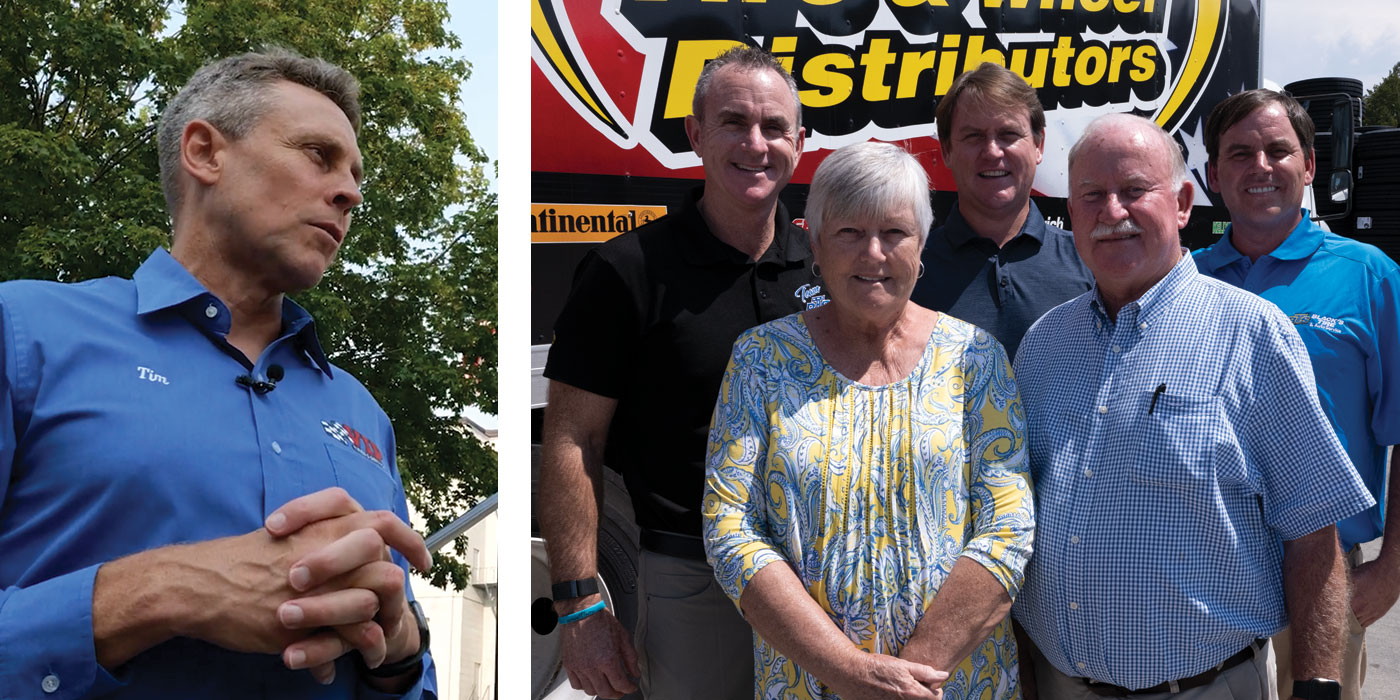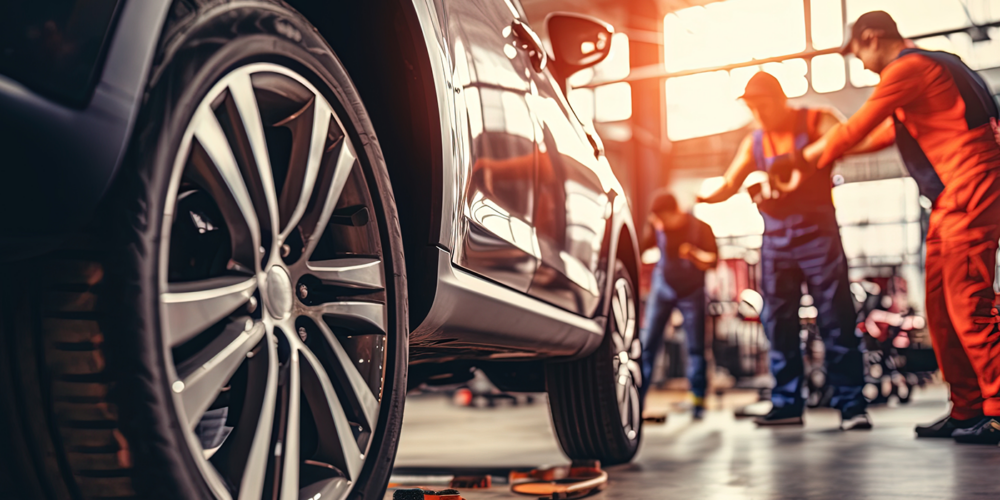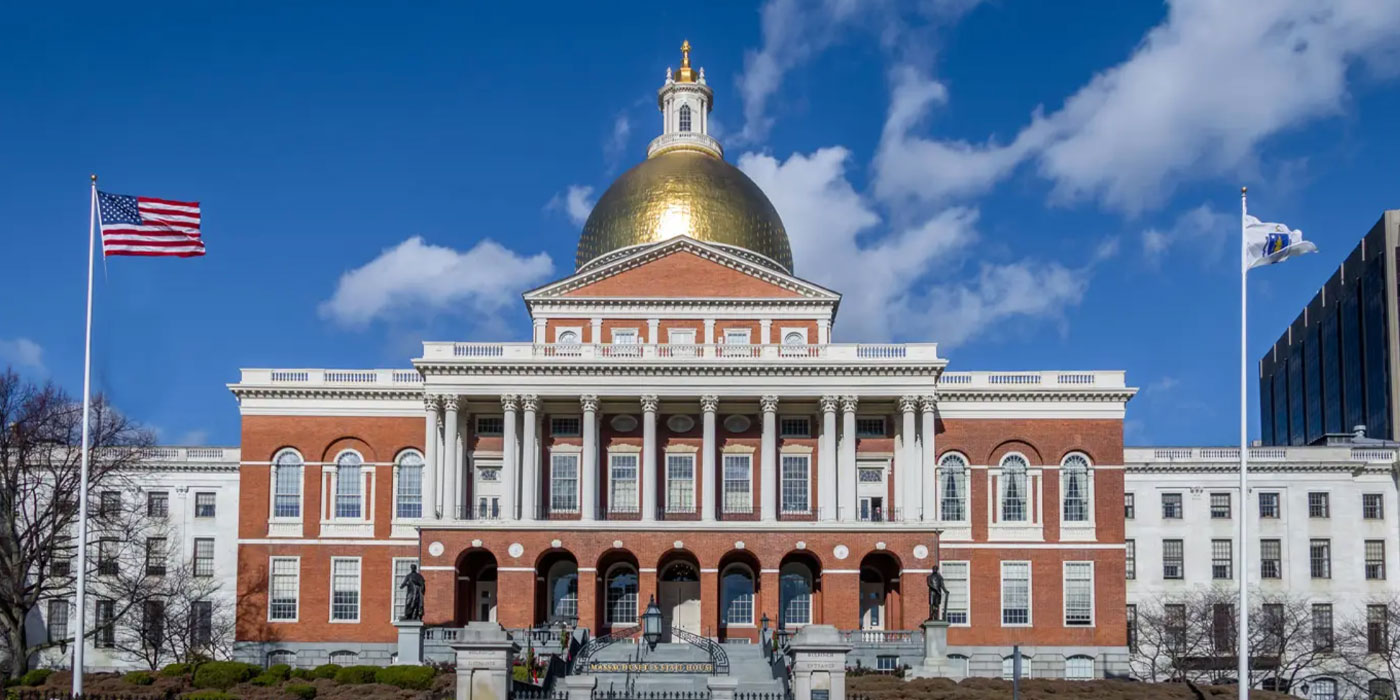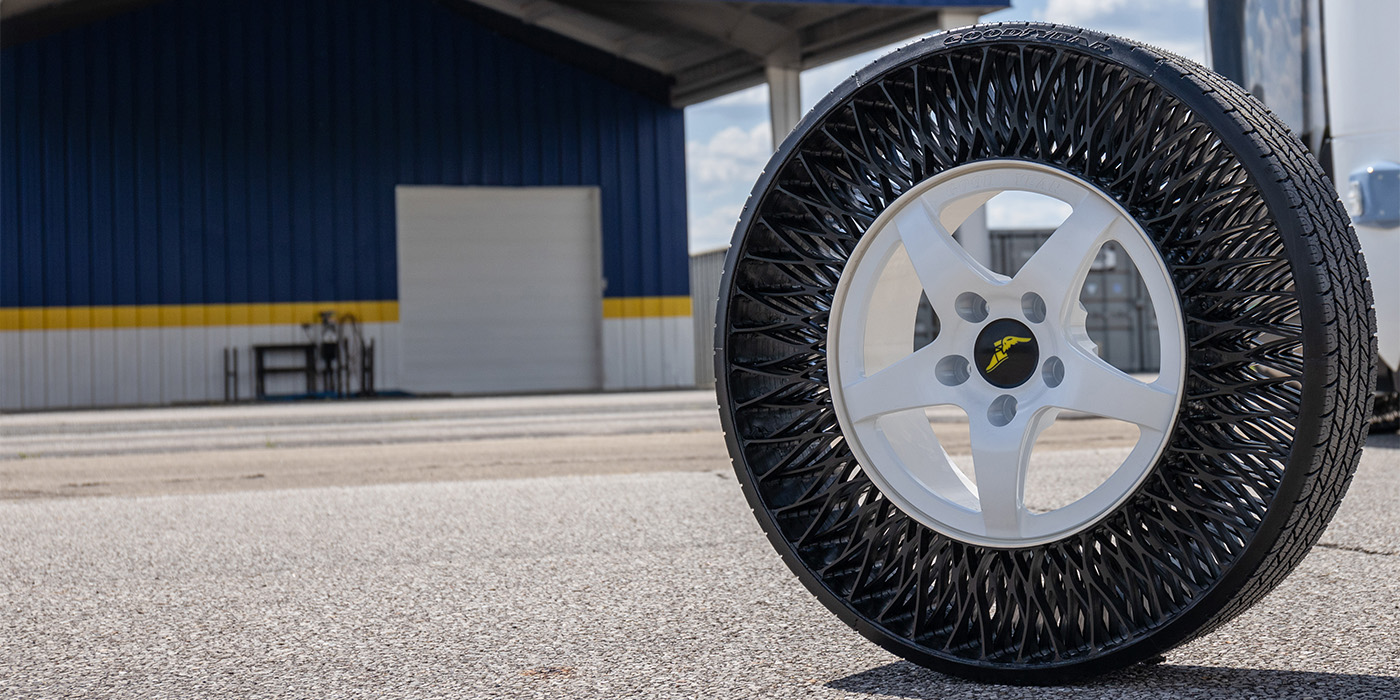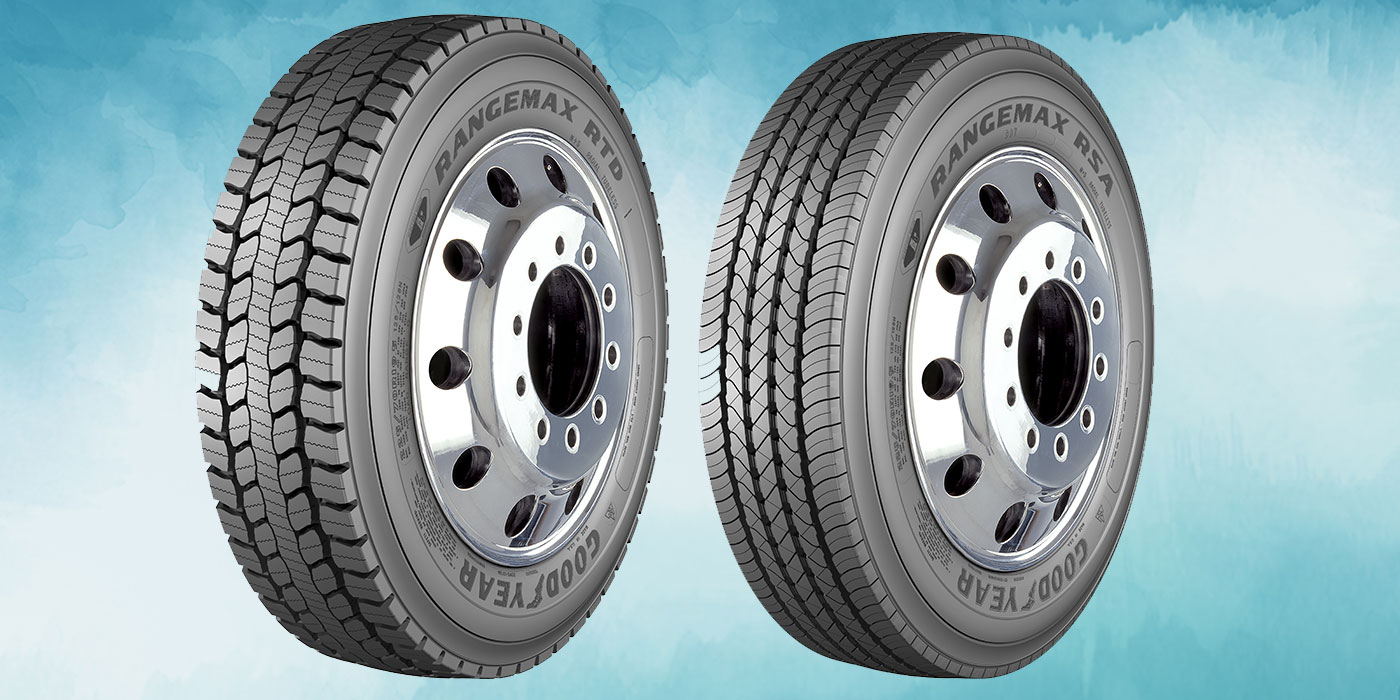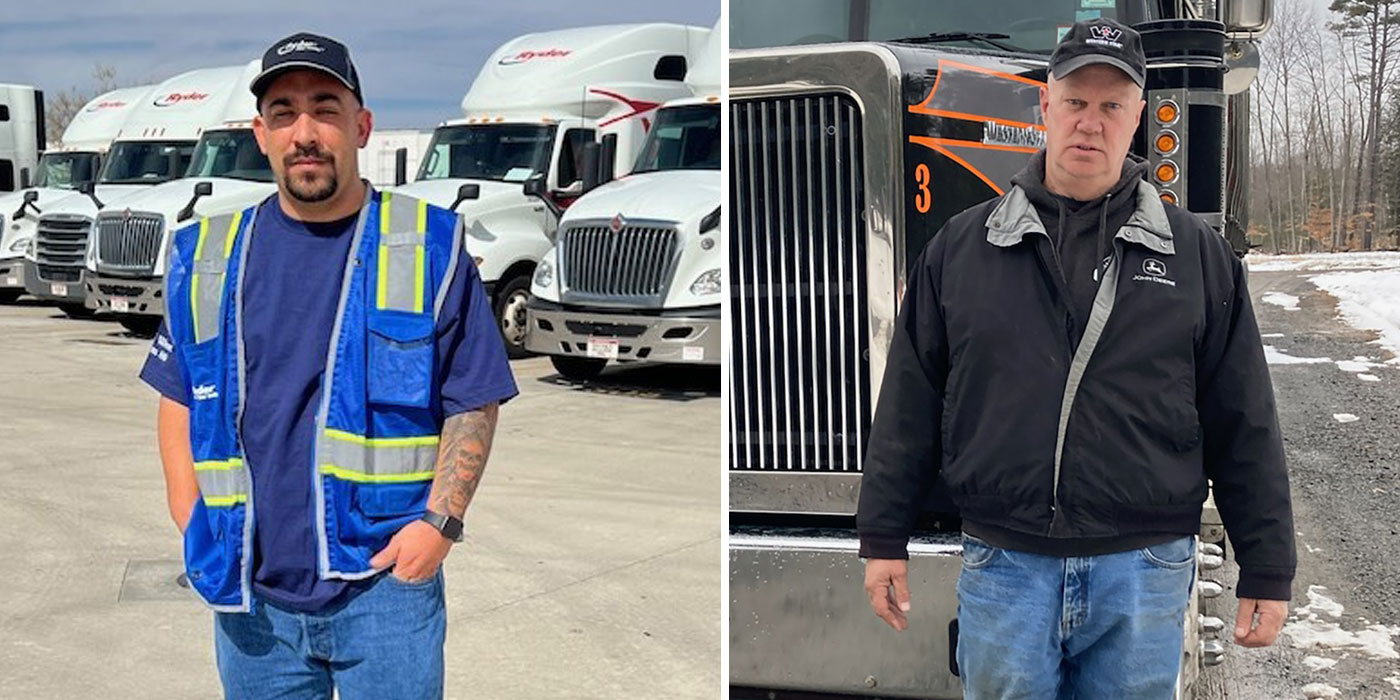In our July issue, we profiled dozens of innovators within the tire industry, sharing details about their careers, interests, and passions.
With the stories of so many young leaders captured in our pages, it made me curious about the man himself, the visionary behind U.S. Patent No. 3633, Charles Goodyear. It is from his innovation that Club 3633 takes its name.
To be clear, Charles Goodyear was not the founder of Goodyear Tire and Rubber Co. In fact, Goodyear died in 1860, 38 years before Frank Seiberling founded the company named in his honor. (It’s actually ironic that Charles Goodyear, namesake for such a wealthy company, actually died penniless.)
To fully appreciate Charles’ story, it helps to understand what the rubber industry was like prior to his game-changing discovery.
Before the 1800s, the only thing rubber was good for was to “rub” pencil marks off of paper, which is where the word “rubber” comes from. But around 1818, Scotsman Charles Macintosh came up with a mixture of natural rubber and naphtha (derived from tar), which he spread between two layers of fabric to create the first “Mackinosh” waterproof coat. As you might imagine, water-resistant coats found a huge market in Britain’s rainy, cool climate. Trouble was the early formula of rubberized fabric didn’t perform well in hot or frigid climates, like in the U.S. Plus, it smelled awful. (One account compared it to smelling like the bottom of a compost pile.) But apparently the protection it provided was worth putting up with the smell. Chemists continued to search for ways to improve this problem, but to no avail.
In 1830, Macintosh’s coat company merged with a clothing company led by Thomas Hancock. Hancock had been toying with rubber-coated fabrics since 1818 but could never get it quite right, so the merger was a win for both. Under his leadership, “fragrant” rubberized coats became the norm across England. (I’ll get back to him in a minute.)
Across the pond, a youthful and optimistic Charles Goodyear married his sweetheart in 1822 and two years later joined his father’s business – a successful retail hardware store near Philadelphia that imported England-made goods. Though born in Connecticut, his family had ties to England where Mackintosh coats were gaining popularity. But in 1829, Charles struggled with illness. As a result, the store fell on hard times, and he eventually went bankrupt in 1830. More than once he arrested and jailed for bad debts.
But even with a hungry family, jail time and the lingering embarrassment of financial failure, Charles soon found a purpose in his life. He became fascinated with natural rubber and its uses. If he could solve for the fact that early rubber melted with heat and became brittle when cold, he determined that he could find his fortune.
Though not a trained chemist, Charles started to experiment with natural rubber blends, turning his home’s kitchen into a lab – borrowing money from anyone he could, even pawning the furniture to get enough money to continue his experiments. (While I could not find much information about his wife, I imagine she was an extremely patient woman.)
After almost a decade of experimenting, Charles had a breakthrough, a happy accident. In 1839, he was in his kitchen lab, this time blending together natural rubber with sulfur and white lead. A few drops of his mixture splashed onto the hot stovetop. Instead of melting as he expected, it hardened.
Hmmm… He was onto something.
After several more years of testing different blends of rubber, solvent, white lead and sulfur, he finally created something that would eventually change the world – providing the initial base ingredient upon which our tire industry would grow.
As determined and innovative as he was, Charles was also pretty naïve. Hoping to profit quickly, he sent samples to Thomas Hancock (the coat guy mentioned earlier) back in England, inviting him to pay for use of the improved rubber technology and partner with Charles in the spoils that would certainly come. Unfortunately, Hancock had other plans. After years of his own failed experiments, Hancock reverse-engineered the samples, stole Charles’ discovery, filed for a patent in England and claimed the discovery as his own. Yes, the process to vulcanize rubber was discovered by Charles. Yes, he was awarded patents in the U.S. and France. But in Britain, the world’s largest marketplace at the time, the patent went to the unscrupulous Hancock. (This went to court several times in the years that followed but the issue was never fully resolved.)
Even with the drama of Hancock’s foul play, Charles did make some money on his idea. His brother-in-law reportedly paid him a flat fee of $50,000 for the rights to the patent in the U.S. and used it to found a company that eventually consolidated with eight others to form the United States Rubber Co., later Uniroyal Inc.
While Charles never found the massive fortune to which he may have been entitled, he did find satisfaction in the fact his work made a difference in the world.
“Life should not be estimated exclusively by the standard of dollars and cents,” he said. “I am not disposed to complain that I have planted and others have gathered the fruits.”
While his discover didn’t make him rich, it did make him immortal.
Charles, we thank you.


